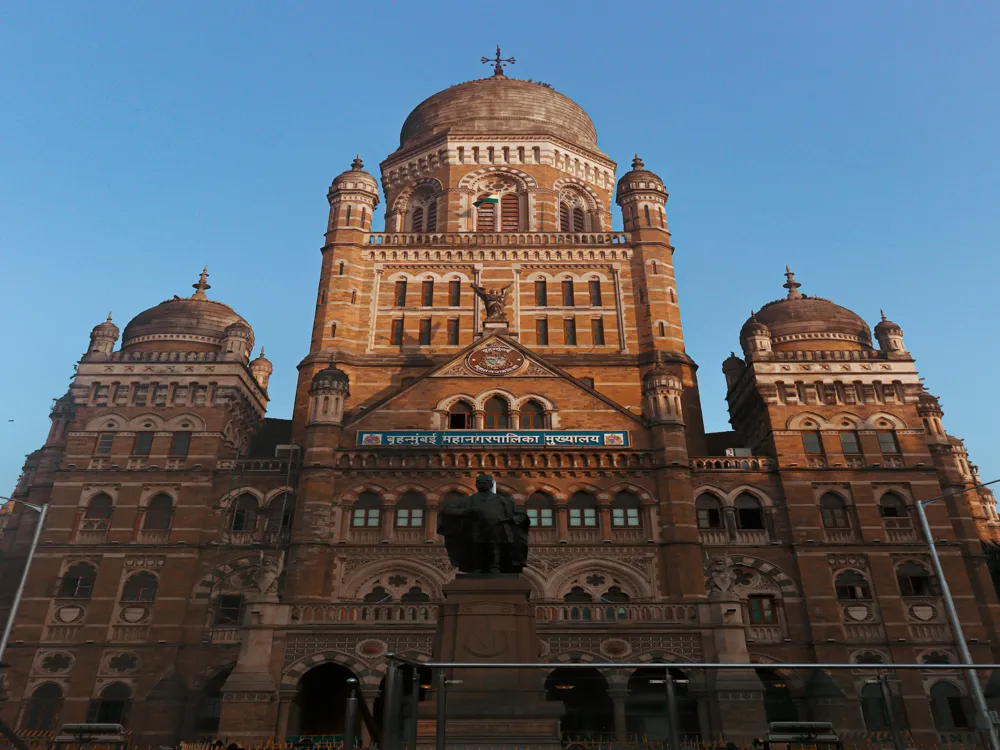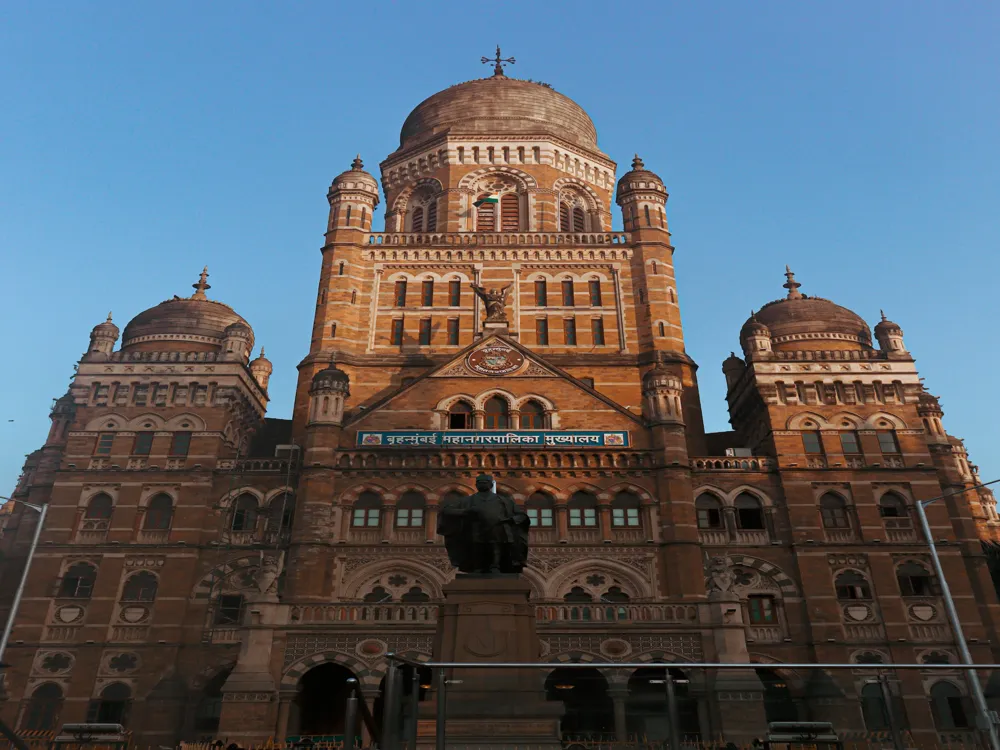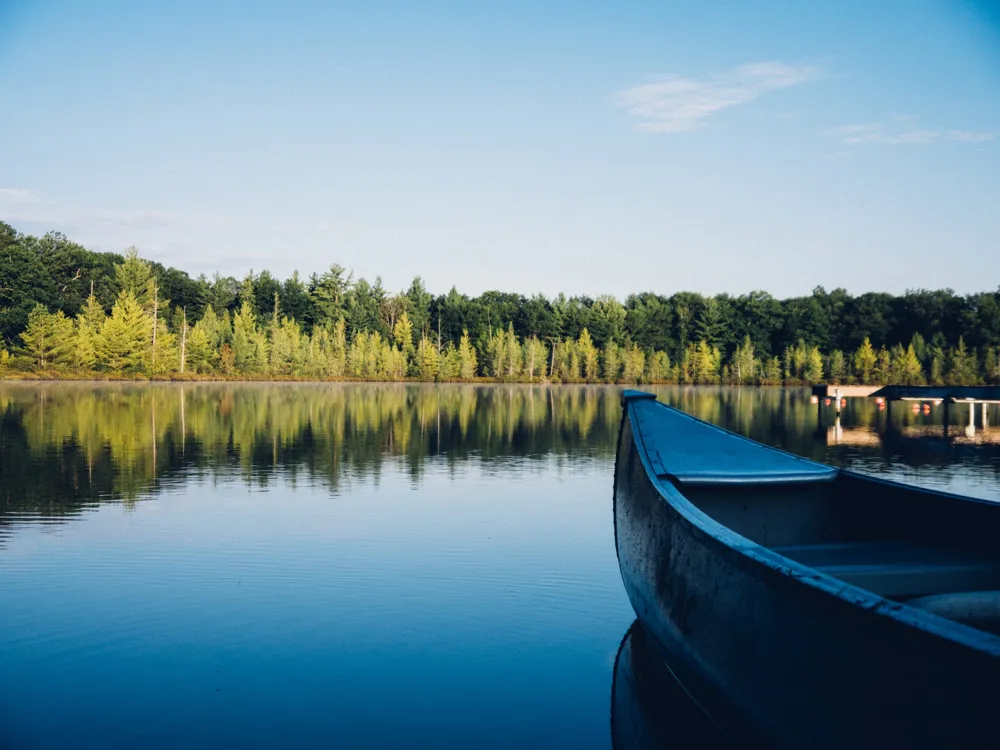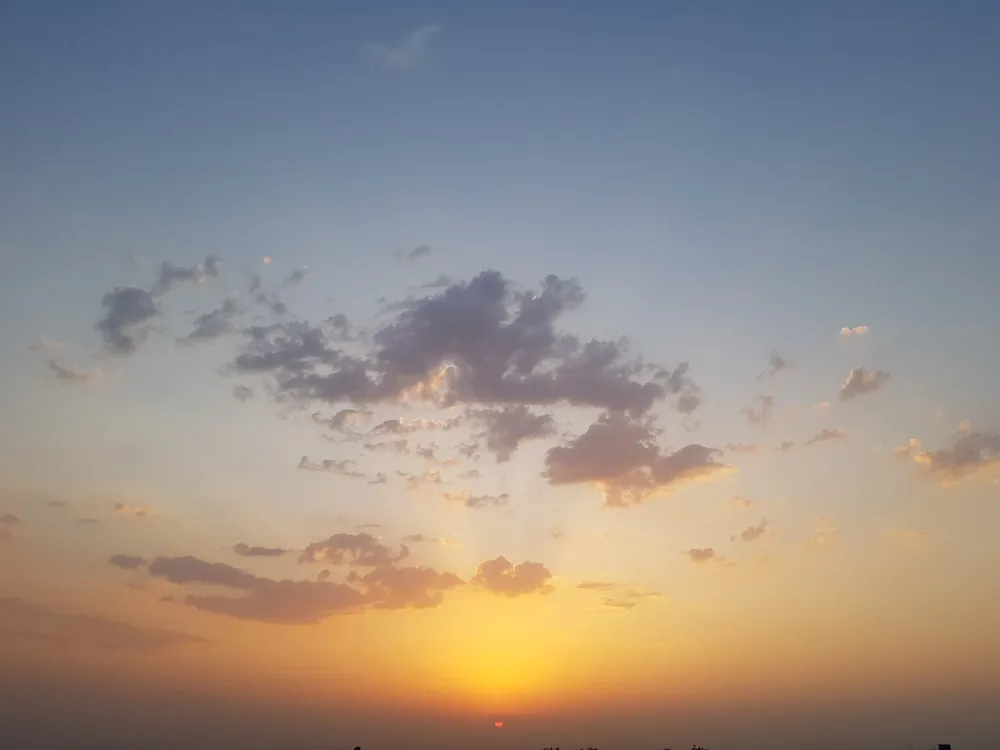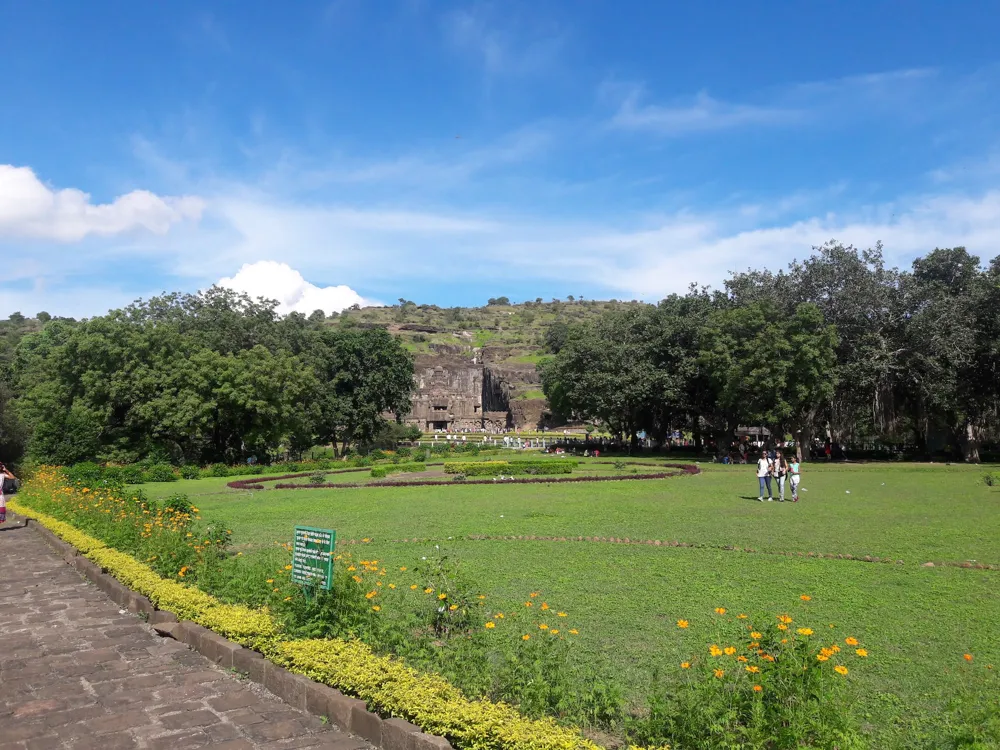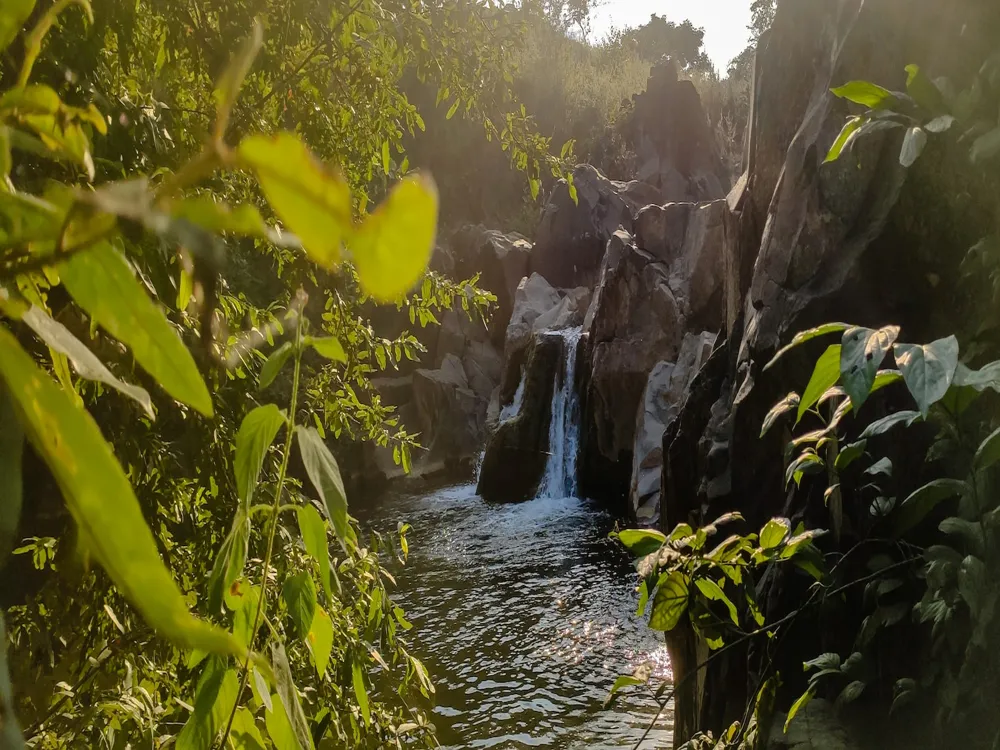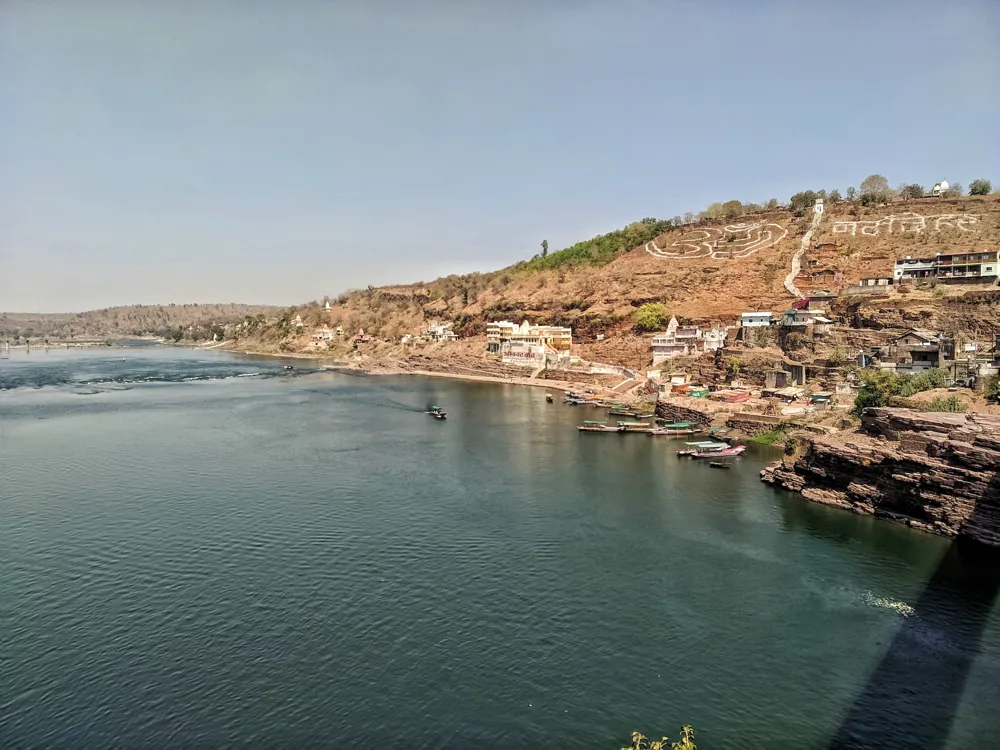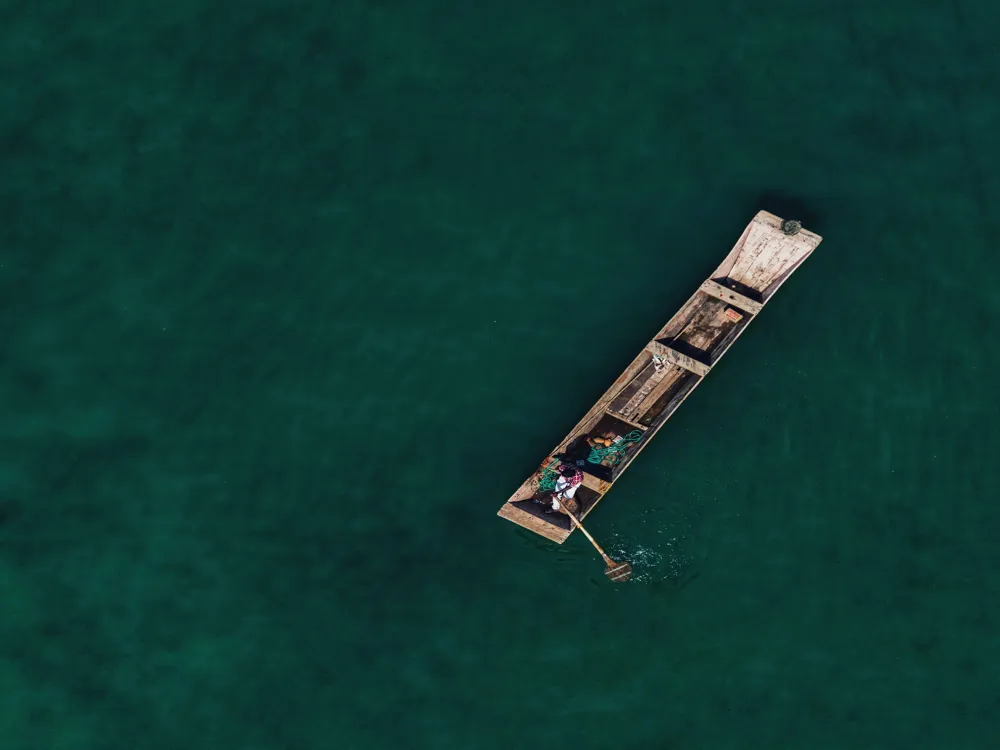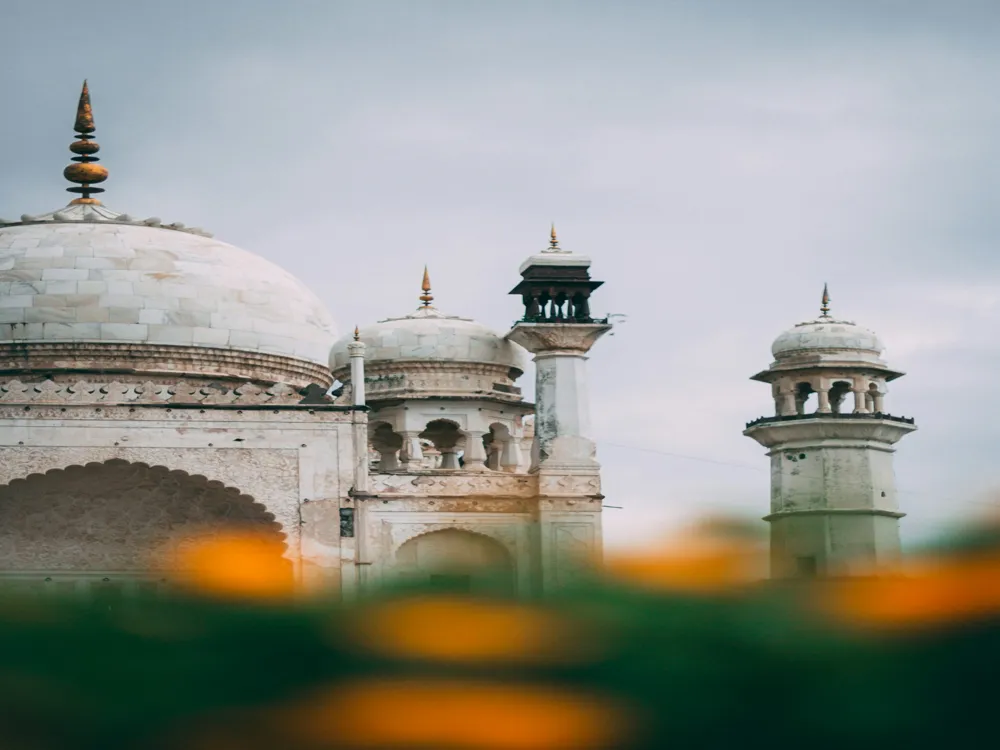Nestled in the heart of Maharashtra, Chikhaldara is a hidden gem waiting to be explored. This quaint hill station, located in the Amravati district, is not just a retreat for nature lovers but a site brimming with historical and cultural significance. Chikhaldara, with its unique blend of natural beauty and rich history, stands out as a must-visit destination in the Western Ghats of India. The town is perched at an altitude of 1,118 meters and is renowned for its breathtaking landscapes, lush green forests, and a serene environment that is a stark contrast to the bustling city life. Its name is derived from the legendary tale of 'Kichak' from the epic Mahabharata, adding a layer of mythological charm to the place.
The beauty of Chikhaldara lies in its unspoiled nature and diverse flora and fauna. The region is home to Melghat Tiger Reserve, where the majestic Bengal tigers roam freely. This reserve is a significant conservation effort for tigers and other wildlife like leopards, sloth bears, and various species of deer. The wildlife sanctuary offers thrilling safaris, nature walks, and the opportunity to witness the rich biodiversity of the area. Apart from its wildlife, Chikhaldara boasts of beautiful lakes like Bir Lake, Shakkar Lake, and Panchbol Point, each offering stunning views and tranquil surroundings. The hills of Chikhaldara, enveloped in mist and lush greenery, provide a picturesque setting for trekking, camping, and other outdoor activities.
Chikhaldara's historical roots are as intriguing as its natural beauty. The region holds a significant place in Indian mythology and history. According to legends, it is here that Bheema killed the villainous Kichak and threw his body into a valley, hence the name Chikhaldara. The place is dotted with ancient forts, temples, and monuments that reflect its historical importance. Gavilgad and Narnala are two prominent forts that offer a glimpse into the region's rich past. These forts, once the center of power and administration, now stand as proud remnants of history, offering panoramic views of the surrounding landscape.
The cultural heritage of Chikhaldara is deeply intertwined with its history and nature. The local tribes, predominantly Korku and Gond, add to the cultural tapestry of the region. Their unique traditions, customs, and art forms are a reflection of the rich cultural diversity of Maharashtra. Festivals like the 'Melghat Festival' bring the town to life, showcasing traditional dances, music, and local handicrafts. Visiting Chikhaldara during these cultural festivities offers a unique opportunity to immerse oneself in the local culture and traditions.
Chikhaldara is not just a tourist destination but an important site for ecotourism and conservation efforts. The emphasis on preserving its natural beauty and wildlife has led to several initiatives that promote sustainable tourism. These efforts ensure that the ecological balance is maintained while allowing visitors to enjoy the natural splendor of Chikhaldara. Tourists are encouraged to engage in responsible tourism practices to aid in the conservation of this pristine environment.
The architecture in Chikhaldara is a fascinating amalgamation of historical influences and local cultural elements. The town's architectural landscape is marked by ancient forts, temples, and traditional tribal dwellings. The forts of Chikhaldara, with their robust structures and strategic locations, are classic examples of the military architecture of ancient India. These forts, built using locally sourced materials, are a testament to the skill and ingenuity of the craftsmen of the time.
Gavilgad Fort, perched atop a hill, is an architectural marvel that showcases the blend of Persian and Indian styles. The fort's walls, bastions, and gateways are adorned with intricate carvings and motifs, reflecting the artistic excellence of the period. Narnala Fort, another architectural masterpiece, stands as a symbol of the town's historical significance. The fort's complex includes mosques, a water management system, and several watchtowers, each highlighting the architectural brilliance of its builders.
The temples in Chikhaldara are not just places of worship but also sites of architectural importance. These temples, some dating back several centuries, are built in the traditional Nagara style of Indian temple architecture. The Bhim Kund Temple, associated with the legend of Bheema, is a fine example of this style. The temple's intricate carvings, detailed sculptures, and ornate spire are indicative of the skilled craftsmanship of the era.
The tribal communities of Chikhaldara have their unique architectural style, evident in their dwellings. These houses, made from natural materials like mud, bamboo, and thatch, are designed to suit the local climate and terrain. The use of vibrant colors and geometric patterns in their decoration reflects the artistic sensibilities of the tribal people. This traditional architecture is not only sustainable but also offers a glimpse into the lifestyle and culture of the tribal communities of Chikhaldara.
In recent years, Chikhaldara has seen a blend of modern architectural influences while still preserving its historical and cultural essence. The town's infrastructure has evolved, with the construction of resorts, guest houses, and other facilities catering to the needs of tourists. These modern structures are designed to blend in with the natural landscape, ensuring minimal environmental impact. The preservation of the town's architectural heritage is a priority, with efforts made to maintain and restore historical sites, keeping the legacy of Chikhaldara alive for future generations.
The best time to visit Chikhaldara is between October to February when the weather is pleasant, making it ideal for sightseeing and outdoor activities. The monsoon season, from June to September, transforms the landscape into a lush green paradise but can make travel challenging due to heavy rainfall.
Chikhaldara offers a variety of local cuisines that reflect the rich culinary traditions of Maharashtra. Try local delicacies like Puran Poli, Pitla Bhakri, and Varhadi cuisine. Several restaurants and eateries in the town serve these traditional dishes, giving visitors a taste of authentic Maharashtrian flavors.
There are numerous accommodation options in Chikhaldara, ranging from budget-friendly guest houses to luxury resorts. Many of these places offer stunning views of the hills and valleys, providing a perfect setting for a relaxing stay.
Local transportation in Chikhaldara includes taxis, auto-rickshaws, and buses. Hiring a taxi for a day is a convenient way to explore the town and its surrounding attractions. For those who prefer public transport, local buses connect Chikhaldara to nearby towns and cities.
Chikhaldara is well-connected by road, rail, and air, making it easily accessible for travelers. The nearest airport is in Nagpur, which is about 230 kilometers away. Regular bus services and taxis are available from Nagpur to Chikhaldara. The closest railway station is in Amravati, approximately 85 kilometers from Chikhaldara. The town is also accessible by road, with well-maintained highways connecting it to major cities in Maharashtra and neighboring states.
Overview of Chikhaldara, Maharashtra
Historical Significance
Cultural Heritage
Ecotourism and Conservation Efforts
Architecture of Chikhaldara
Temple Architecture
Tribal Architecture
Modern Influences and Preservation
Tips When Visiting Chikhaldara
Best Time to Visit
Local Cuisine and Dining
Accommodation Options
Local Travel and Transportation
How To Reach Chikhaldara
Kalapani Lake
Chikhaldara
Maharashtra Goa
NaN onwards
View chikhaldara Packages
Chikhaldara Travel Packages
View All Packages For Chikhaldara
Top Hotel Collections for Chikhaldara

Private Pool

Luxury Hotels

5-Star Hotels

Pet Friendly
Top Hotels Near Chikhaldara
Other Top Ranking Places In Chikhaldara
View All Places To Visit In chikhaldara
View chikhaldara Packages
Chikhaldara Travel Packages
View All Packages For Chikhaldara
Top Hotel Collections for Chikhaldara

Private Pool

Luxury Hotels

5-Star Hotels

Pet Friendly







